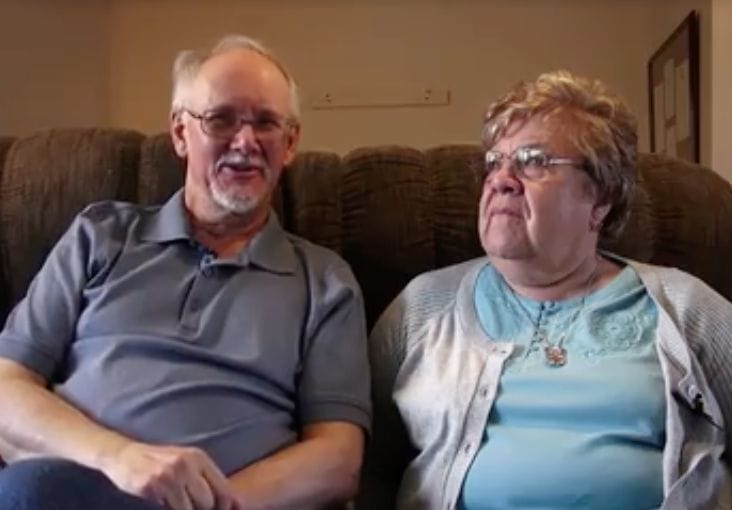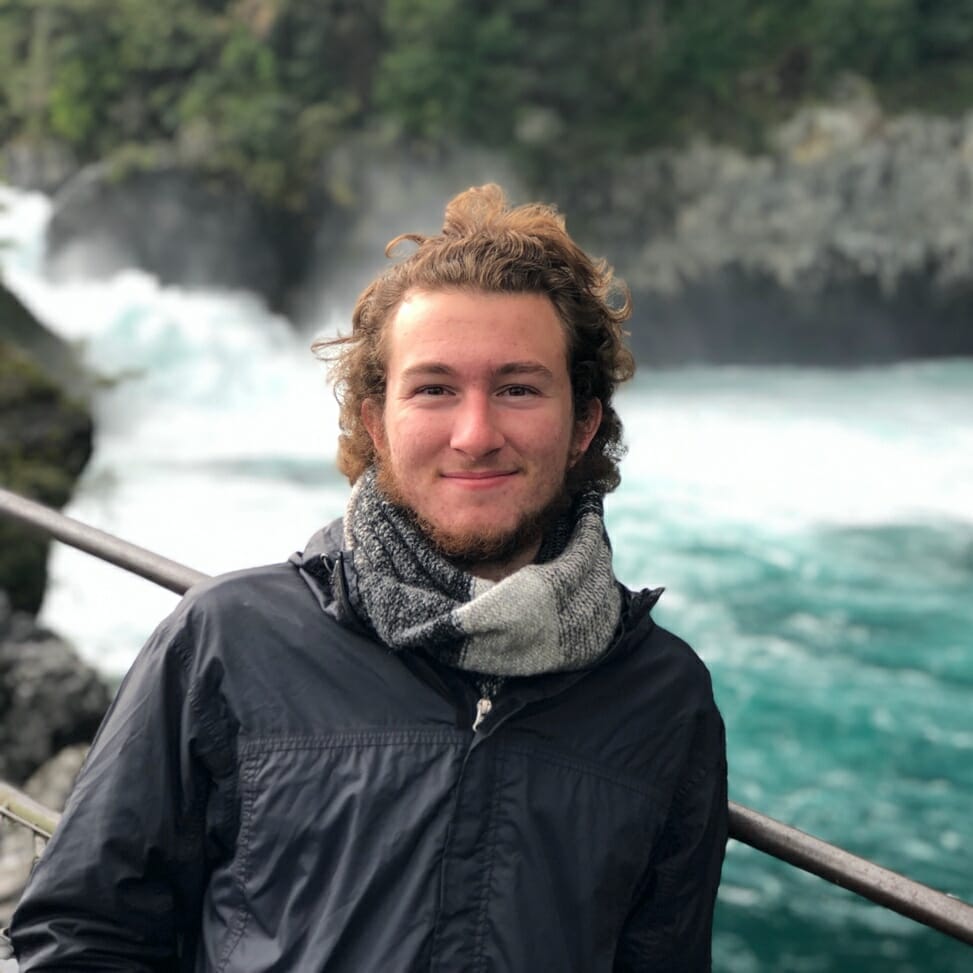Editor’s Note: Find more OVID.tv film reviews here.
Glass plate negatives depict Canadian and American stampeders voyaging up snow-capped mountains in the hopes of striking gold in the Yukon Territory. They seem underdressed for the unforgiving cold. In just a few minutes we feel their determination to get the gold. We find ourselves wondering—What power does gold have to make men endure it all?
Meanwhile, we hear the sounds of crackling and whizzing nitrate film feeding through a projector. It is showing us these silent movies and newsreels of the 1910s and 1920s.
This is Dawson City: Frozen Time, which not only chronicles the history of the Klondike Gold Rush, but also portrays the exile, burial, rediscovery, and salvation of the 533 long-lost silent film reels of the Dawson City film collection.
OVID.tv film is born of an explosion
Dawson City: Frozen Time recounts both the history of Dawson City (a small town in Northwestern Canada founded in the early days of the Klondike Gold Rush), and the 1978 Dawson Film Find (the discovery of 533 silent film reels thought to be lost but later dug up in an old swimming pool). We learn from the film that Dawson was the end of a film distribution line. That meant that theater owners accumulated the highly flammable nitrate film reels and stored them in various locations around town, including the basement of the vacant Carnegie Library and the aforementioned empty swimming pool in the old recreation center. The silent films remained sealed under layers of permafrost for 49 years until they were unearthed in 1978 during the beginning stages of construction for a new recreation center. After investigation and careful excavation, the contents of the dusty, dented, metallic film canisters were catalogued and restored.
Director Bill Morrison utilizes these newly restored but brittle film reels to tell the story of Dawson City. His camera pans across Dawson City’s transformation from a native frontier, to a gold-mining boomtown and entertainment hub. We also learn how Dawson City faded when dredging companies monopolized the gold prospecting sites and drained the surrounding resources.
Not only does Dawson City: Frozen Time show us the beginnings of the Klondike Gold Rush and the wild-west style of life in Dawson, but it also shows how integral film and cinema was in the daily life of the town. By viewing the gritty, imperfect, unearthed film reels, we get to experience what the people of Dawson experienced both through newsreels and fiction films. Like them, we see scenes from the 1917 fictional drama Polly of the Circus. And we see the Pathé newsreels passing along the news of the Black Sox Scandal during the 1919 World Series between the Chicago White Sox and the Cincinnati Reds.

We can clearly see the imperfections of each crisp image uncovered in Dawson as if they are physically in front of us. We feel though that we are in the movie theater with them.
We learn from the film that an estimated 75% of silent film has been lost over the decades, largely in part due to the flammability of nitrate film—the medium of choice during the early days of cinema. What makes the Dawson Film Find so remarkable—to the film’s director and this reviewer alike—is the preservation of this type of film. And even though most of the reels from Dawson suffered water damage and are easily recognizable by their distinct, irregular, splotchy markings, the way in which they were initially amassed and uncovered decades later makes for a unique discovery. The flickering of light from the passing of each individual, torn, high-contrast frame is paired with the spontaneously eerie, low, harmonic chords of Alex Somers’ musical score. It’s haunting. It’s visceral.
Somewhat like a silent film, Dawson City: Frozen Time is almost entirely void of dialogue, requiring us to read the exposition presented throughout the documentary. If you are trying to avoid reading captions, you will likely be challenged by this film. Beyond that limitation for some, Dawson City: Frozen Time will likely appeal to anyone who is interested in film or photography, and also those who would like to learn more about the Klondike Gold Rush.
RECOMMENDED
Nominate this for The Picture This Post BEST OF 2020???
Click Readers' Choice
Vote Securely! Vote Privately! And Make Your Vote Count-- as all voting should be!!
For more information or watch this film, visit the OVID.tv webpage for DAWSON CITY: FROZEN TIME
Images courtesy of OVID.tv

About the Author: Lucas Delahunty
Lucas Delahunty is a recent Spanish and International Relations graduate from Valparaiso University. Passionate about the Spanish language and its cultures, Lucas will continue his graduate studies in New Mexico by specializing in Hispanic Literature. During his free time, Lucas enjoys traveling abroad, watching documentaries, and playing the piano.








